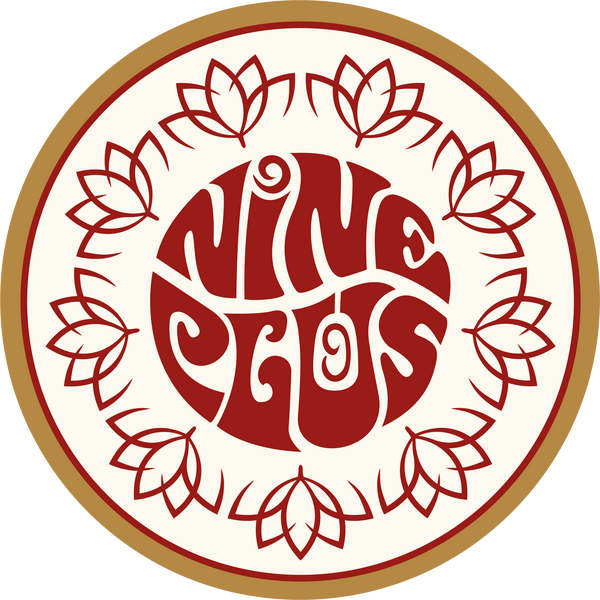In addition and something quite unique to a Nineplus wetsuit is the use of smooth-skin – or single lined neoprene as it’s known in the business. This is found on both the top and bottom surfaces of the neoprene when it is pressed in a mould (like a giant flower press) the surface layers are sealed by the mould and is why the surface is smooth and completely water tight. The neoprene sheets are then around 30cms thick with the inside being known as ‘foam’. The ‘foam’ is sliced into various mm thicknesses (5mm, 4mm, 3mm etc) and then sandwiched within stretch nylon (what regular wetsuits are made from). Yes, you get much more foam and therefore nylon coated neoprene than the top and bottom surface layers which is why Nineplus wetsuits can be more expensive. Some companies cheat on this process by making artificial smooth-skin using a liquid rubber paint. It looks okay but is prone to cracking and breaking down. The softer the inside cell and the more elastic the nylon the more stretch in the neoprene (sometimes called all sorts of interesting marketed names within brands advertising) .
Produced in Yamamoto Number 39 (the grade number reflects the density and softness of the cell makeup) this is a suit which is extremely modern in terms of fit, comfort and weight while retaining the retro styling of a classic smooth-skin (single lined) wetsuit. There are many production secrets that help create the Nineplus wetsuit which includes the special machines and machine specialists used to stitch the single lined smooth skin down to even 1mm thickness used on the 2/1mm full suit. The average weight of a 3/2mm full suit weighs in at just 1kg. As the suits have a minimal water retention (the outside single lined smooth skin) cannot soak in any water and the lining being a nylon will dry out in under 10 minutes when left to dry. This means that the wetsuit when taken off the body is only minimally heavier than when dry and put on. Super low modulus stretch with optimum cell recovery – in regular terms you can stretch Yamamoto to its maximum over 2000 times and it will not bag out. Other neoprene has around 300 times and it loses it stretch. Worth noting next time the suit feels great for 6 months and then loosens on the elbows and the knees.
At Nineplus we only use the top & bottom surface areas which naturally are smooth from the rubber moulds. The surface being sealed makes it into a natural seal or skin. This is resistant to both the wind, water and when used with blind-stitching forms an impenetrable barrier against the elements. This is the main reason Nineplus & HASU use smooth-skin. Smooth-skin also absorbs no water so no weight is added. Its means you spend your energy pulling yourself through the water and not pulling the water around with you.
